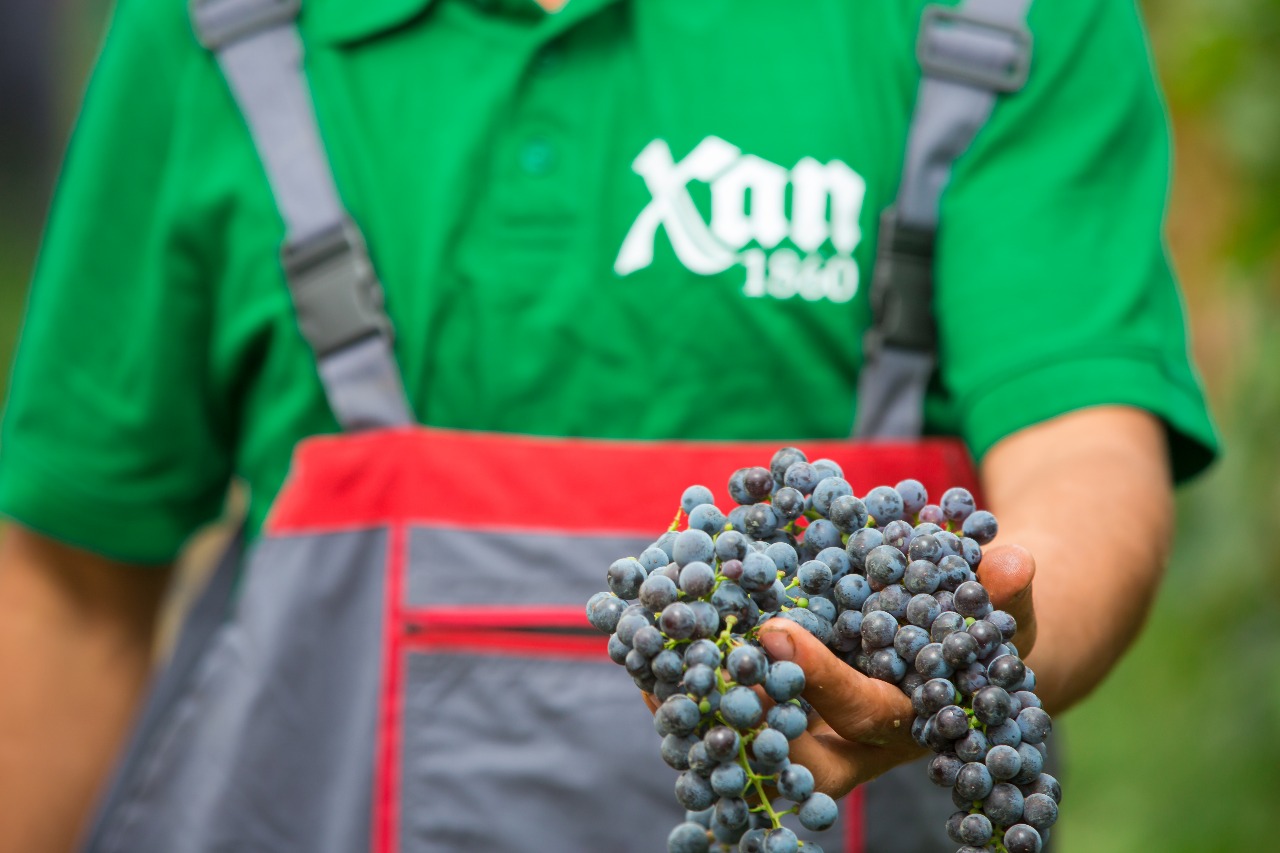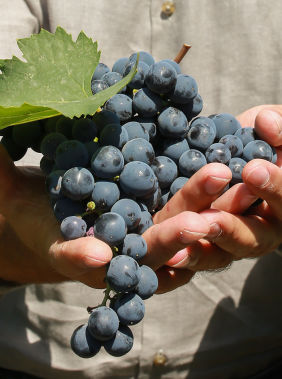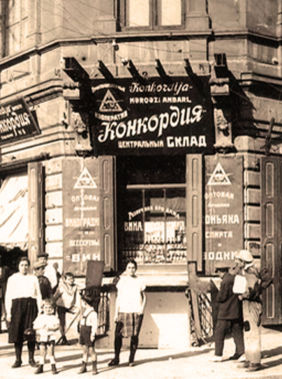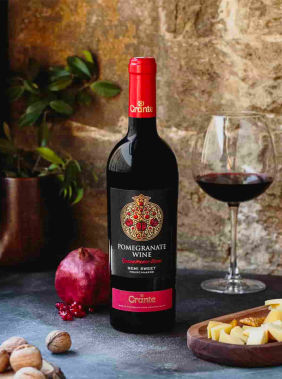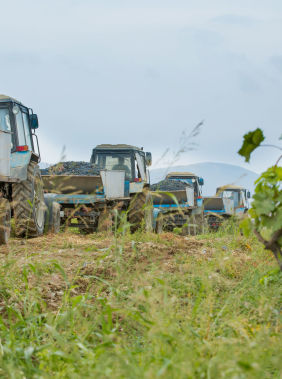Azerbaijan has historical wine regions and more modern areas of production established since the redevelopment of the wine industry. They fan out in different directions from Baku: north along the Caspian shoreline; north-west through Shirvan along a stunning road that follows the foothills of the Greater Caucasus; west through the centre of the country via historical Ganja; west again, but further to the south, in the Karabakh region; and south in the Lankaran-Astara region. With the renewed focus on modernising the national wine sector, the next few years are sure to be an exciting and rapidly-changing era for wine tourism in Azerbaijan.
Azerbaijan’s wineries make extensive use of well-known grape varieties, including Pinot Grigio, Vermentino, Sauvignon Blanc, Cabernet Franc, Petit Verdot, Muscat and Saperavi. But there are also several important pan-Caucasian and local varieties. For now, many of those are little more than historical curiosities, though there is a new drive to revive some old strains. First, it’s well worth familiarising yourself with the following varieties that are commonly used in Azerbaijani wines.

